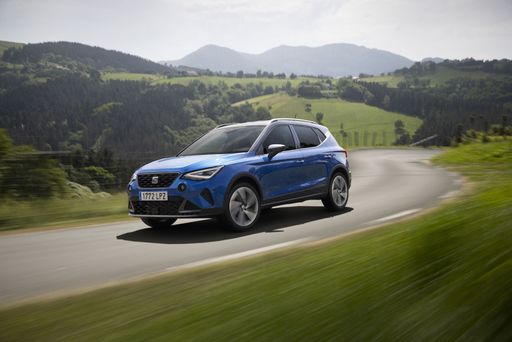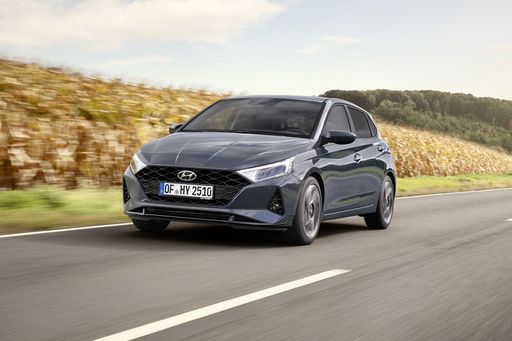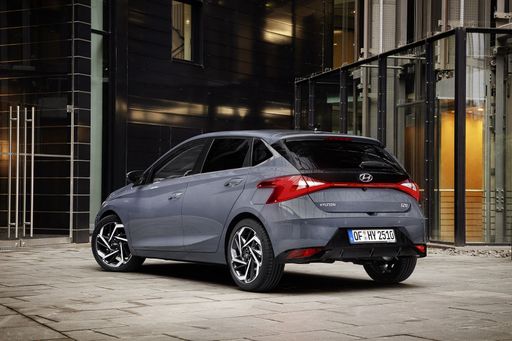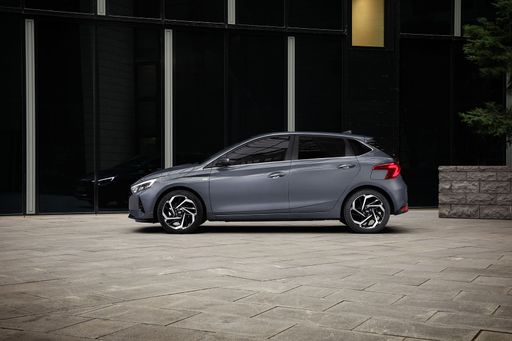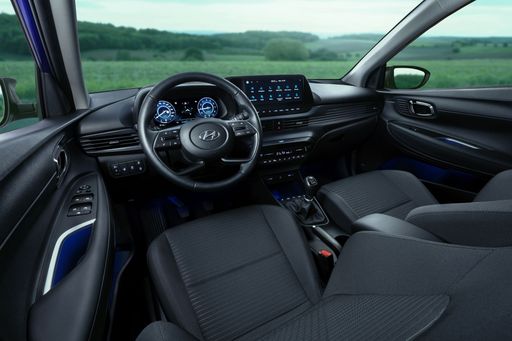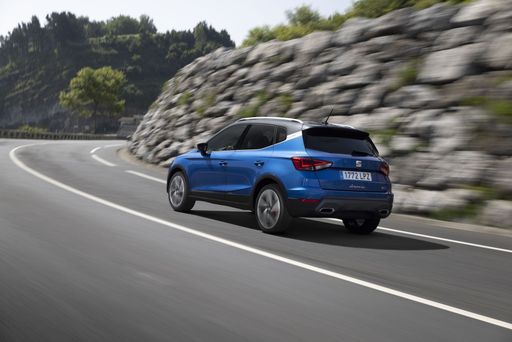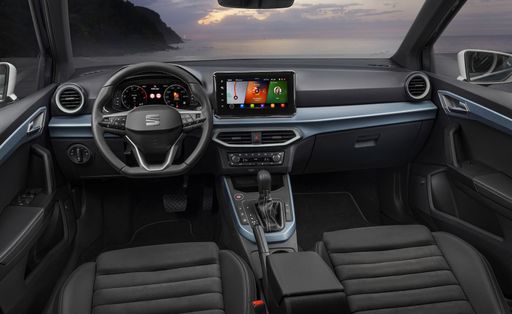Hyundai i20 vs SEAT Arona: A Comprehensive Comparison
The automotive market is buzzing with compact units designed to meet a range of consumer needs, particularly in urban environments. In this article, we’ll delve into a detailed comparison between the Hyundai i20 and the SEAT Arona, two popular models that have made their mark in this highly competitive segment. Both vehicles offer impressive features and a balance between performance, innovation, and practicality, making them excellent choices for city dwellers.

